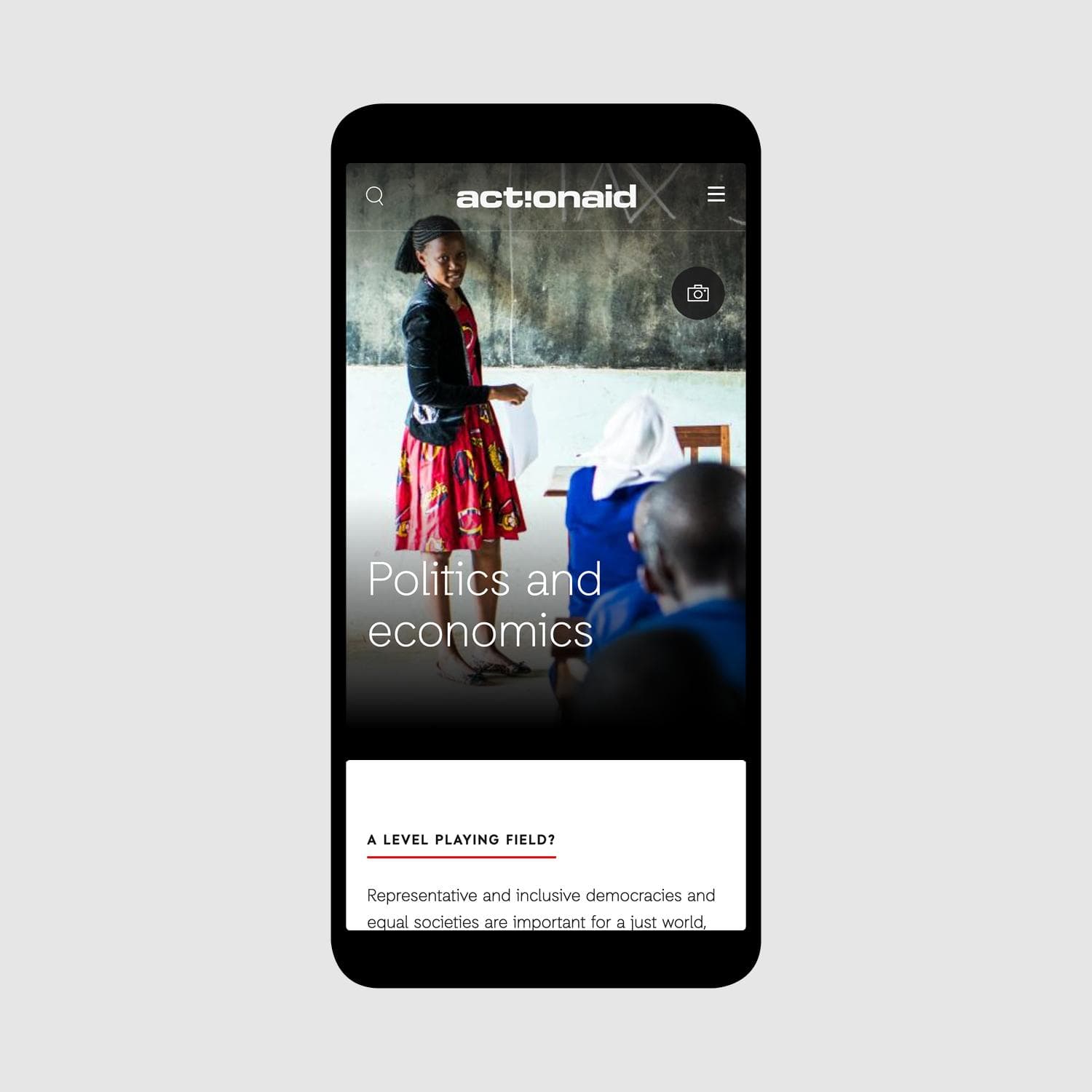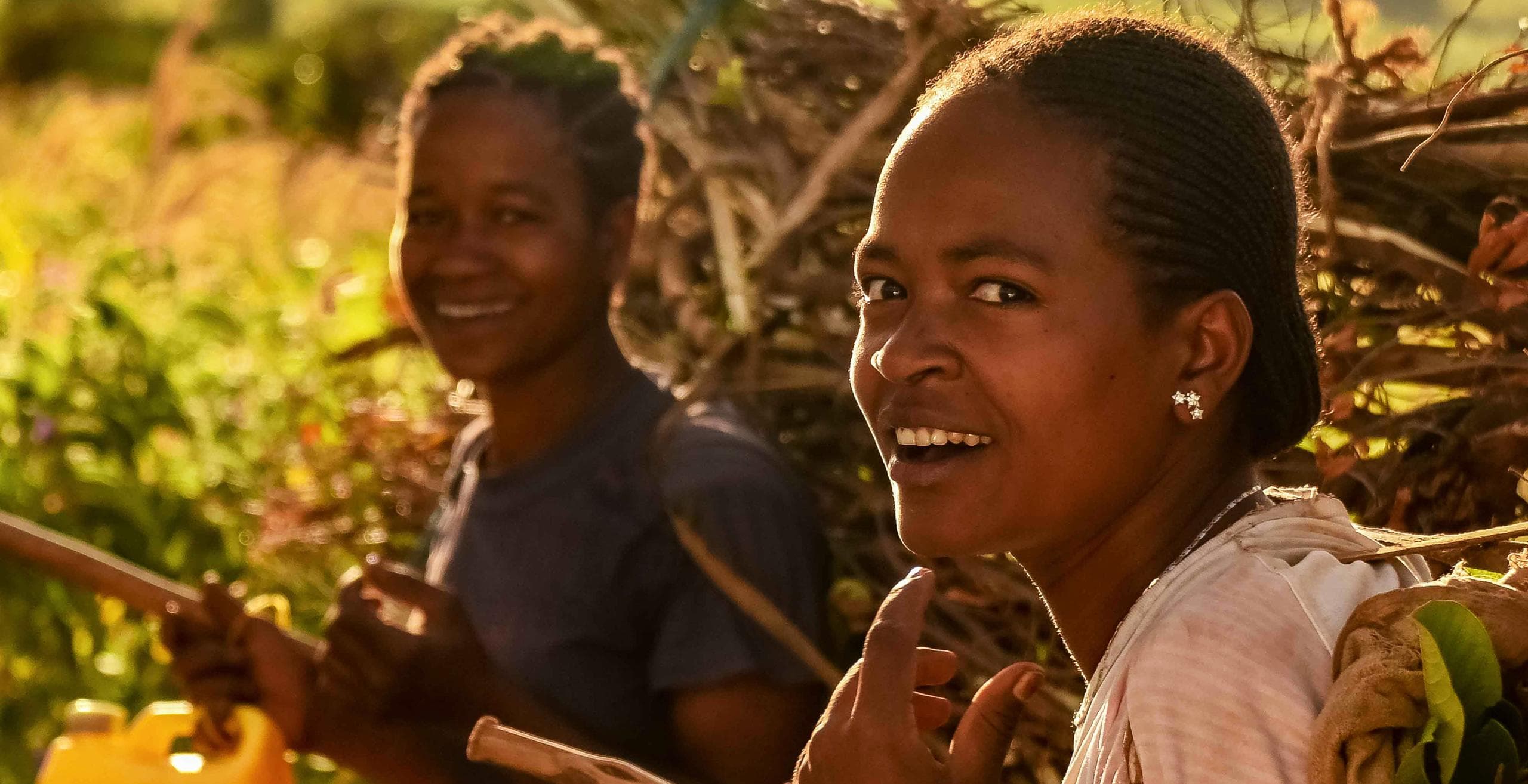ActionAid International
Founded in 1972 ActionAid is a global justice federation working for a world free from poverty and oppression. ActionAid's particular focus on women's rights run through all of its work: from grassroots programmes delivered in partnership with civil society, social movements and people living in poverty; to emergency relief and campaigning.
Working with ActionAid's international secretariat in London, we overhauled their legacy Drupal website – including migration from Drupal 6 to Drupal 8 – and, working with project partners Contentious and Big Fan, delivered content strategy development and a mobile-first redesign.

The challenge
ActionAid has an international secretariat in London and about 40 country offices around the world and although some of those larger country offices have their own independent websites, as many as 30 do not, and ActionAid International provides a website-as-a-service to these affiliates.
The legacy site was built on Drupal 6, maintaining all content and users in a single site while presenting them as separate sites using the powerful Organic Groups module. While this approach was fit for purpose at the time of development, it posed many challenges to scaling, duplicated content and decentralised administration.
The content of the legacy site had grown organically and was of wildly varying quality, due mainly to the absence of an overall content strategy, and the visual design was dated and no longer serving the digital strategy.


The approach
Improving the content strategy and quality was a core objective for ActionAid so the project started by taking the time needed to confirm priority audiences and develop core principles in content and communications strategy. At the same time, the existing brand guidelines were reviewed and re-interpreted into a modern digital context.
Upgrading a legacy site from Drupal 6 to Drupal 8 provided the opportunity to re-architect the approach to delivering multiple similar sites, with a separate installation for each country site and greater autonomy for each country office.

Under the hood
Advances in configuration management in Drupal 8 allowed us to share configuration across multiple sites while allowing each site to override and customise configuration within predefined limits. This means each country site can benefit from features, functionality and security developments on the International site while maintaining the autonomy they require in content and user management.
When publishing links to country sites or calls to action such as donations or petitions, it is useful to be able to guide the user to the appropriate site or page. A user in Nigeria should be guided to the donation form on the ActionAid Nigeria site rather than the International site. Javascript libraries to detect IP and inject appropriate content allow content managers to specify which links and content should be presented in which geographical region.
Even with advances in broadband, the speed at which a page loads has never been more important. Many people access content over their mobile phone with poor or intermittent connectivity and a significant proportion of the target audience for the ActionAid sites might be out in the field with variable connectivity. Using the latest tools to analyse page load speed helped to identify any bottlenecks during development and deliver a site that loads quickly on all devices.
Main image (top): Rod Waddington – Dareshe Women, Ethiopia (Creative Commons)
